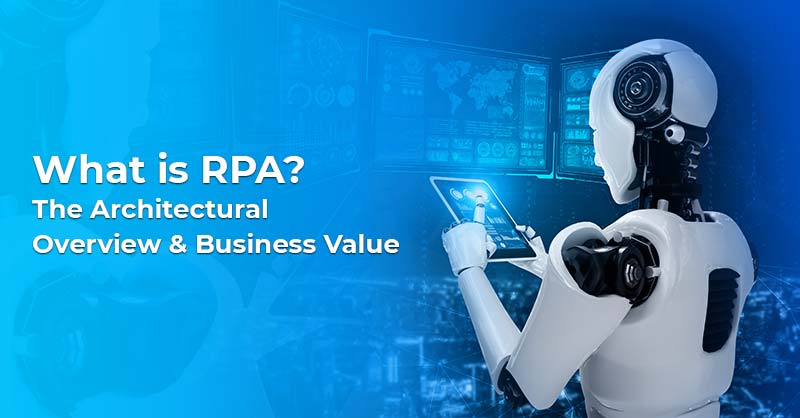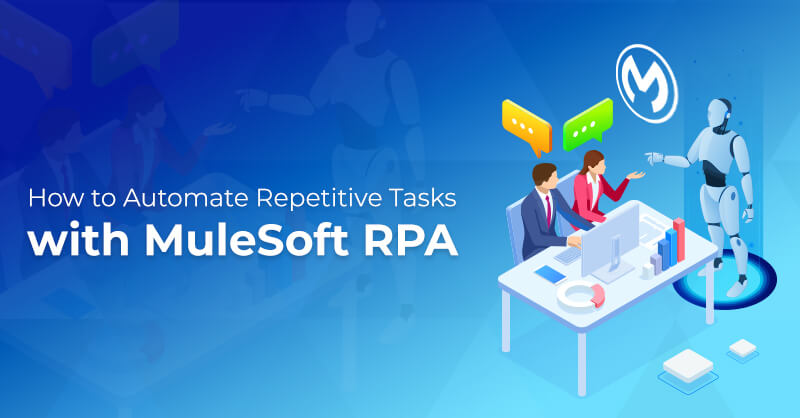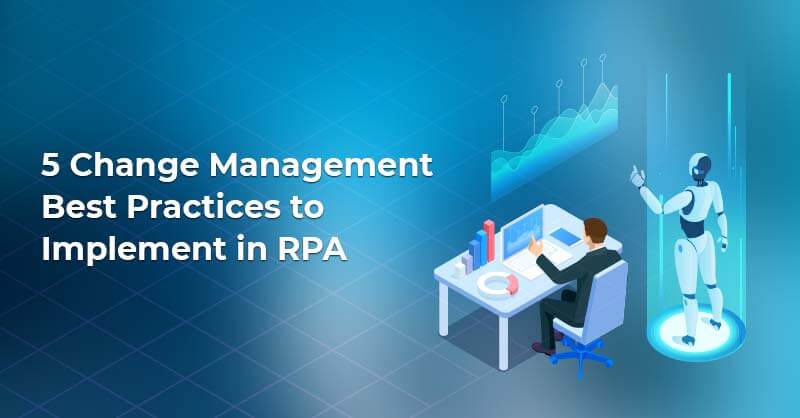Cognitive Automation with Procure-to-Pay
Organizations face a lot of challenges on the effectiveness and efficiency of their procure-to-pay processes. Disruptions to an organization’s ability to purchase or pay for materials, goods, and services can negatively impact its supply chain, customers, and financial standing. However, most organizations rely on manual procure-to-pay processes that take too long, costs a lot, create many errors, and provide inadequate visibility that upset both the suppliers and stakeholders.
Robotic process automation (RPA) with cognitive automation makes it stress-free and more cost-effective for organizations to automate. This technology allows business users with bots that automate their business processes to achieve operational and strategic benefits.
Why Are So Many Processes Still Manual?
After 30 years of automation and the rise of disruptive technologies, most business processes are still manual.
The root of the problem is the traditional approach to automation. Most businesses have taken a top-down approach to automation, where IT is tasked with installing and enabling independent systems to automate a particular function. But the pace of innovation is moving fast, resulting in a huge backlog with IT. Complicating matters, enterprises regularly deploy new systems, without retiring old ones. As a result, humans must manually perform 80 percent of the business processes, including those which require manual data transferring between legacy systems and those which IT has not had time to automate at all. Just consider the amount of time that business users waste cutting and pasting information into disconnected IT systems. Procure-to-pay is one function that remains manual or semi-automated at most businesses.
These complex and time-consuming procure-to-pay processes create delays that result in:
- Supply chain disruptions
- Strained supplier and customer relationships
- High operations costs
- Higher cost of goods and services
- A weaker competitive position
A Better Approach to Process Automation
What if companies had a way to empower business users who are process experts to automate repetitive tasks, while ensuring the controls, governance, and security the enterprise demands?
RPA automates repetitive jobs that can be simply replicated by instructing a software bot to reproduce the keystrokes or follow a defined set of rules. Bots work together with IT systems and applications, like humans. Besides the technology is generally plug-and-play and does not need changes to the existing IT systems, legacy applications, or machines. This makes RPA perfect for procure-to-pay, where seamless integration with systems of record such as an ERP application, inventory system, or CRM platform is critical for eliminating process inefficiencies and data gaps.
RPA automates procure-to-pay processes such as:
- Collecting invoices from email attachments
- Allocating payments against outstanding invoices
- Monitoring part inventory levels
- Creating a sales order from a purchase requisition
- Updating supplier information
- Reviewing outstanding purchase orders for payments
- Capturing, indexing, structuring and validating large amounts of invoice data
Embracing RPA with Cognitive Automation
As impressive as RPA is, it’s the combination of RPA and cognitive automation that really has organizations excited. Cognitive automation enhances RPA with the ability to process and analyze unstructured and semi-structured documents such as invoices, purchase orders, and receipts.
Cognitive automation uses artificial intelligence (AI) that mimic the way the human brain works like image processing, contextual analysis, pattern recognition, natural language processing as well as machine learning (ML) – to help bots for decision making and completing tasks.
The Benefits of RPA with Cognitive Automation in Procure-to-Pay
Having machines take the load of processing and analyzing the huge amounts of data that flow through the financial supply chain provides procure to-pay organizations with compelling benefits:
Improved productivity
Increased accuracy
Lower employee turnover
Improved competitive position
Imagine an environment where procure-to-pay business users can use software robots to quickly automate processes that can help their organization win in today’s increasingly competitive global trade and commerce environment. Royal Cyber can make your vision come true delivering a greater strategic value to your enterprise. For more information, you can email us at info@royalcyber.com or visit www.royalcyber.com.



